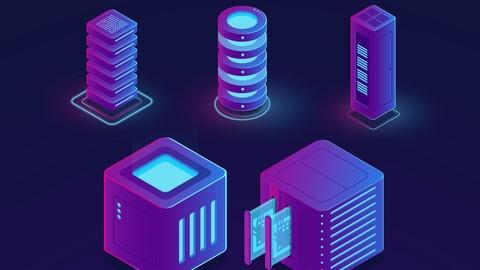Last Updated on July 30, 2024 by GeeksGod
Course : PyMongo Essentials: Dive into MongoDB with Python
Welcome to the PyMongo Training course! Whether you’re a novice looking to enter the world of MongoDB with Python or an experienced developer aiming to enhance your skills, this course is designed to cater to learners of all levels.
In this comprehensive training program, we’ll embark on a journey to master PyMongo, the Python library for MongoDB. MongoDB is a widely used NoSQL database, and PyMongo provides a convenient interface for interacting with it using Python.
Throughout the course, you’ll start from the basics, learning how to install MongoDB and PyMongo, establish connections to databases, and perform fundamental CRUD operations. As we progress, we’ll delve deeper into advanced topics, exploring data manipulation techniques, aggregation operations, and more.
By the end of this course, you’ll be equipped with the knowledge and skills to confidently work with MongoDB databases using PyMongo, whether you’re building web applications, handling big data, or pursuing data science projects. Let’s dive in and unlock the power of PyMongo together!
Section 1: PyMongo Training: Beginner Level
In this section, students are introduced to the fundamentals of PyMongo, MongoDB’s Python driver, with a focus on beginner-level concepts. They start by installing MongoDB and PyMongo, learning how to establish connections to MongoDB databases, create collections, and perform basic CRUD operations. By the end of this section, students gain a solid understanding of how to interact with MongoDB using Python, laying a strong foundation for further exploration.
Section 2: PyMongo Training: Expert Level
Transitioning to an expert level, this section delves deeper into PyMongo’s capabilities. Students are presented with a project objective and equipped with advanced skills and concepts. They work with sample data, learning to load and manipulate it using various PyMongo functionalities such as sorting, cursor handling, limiting, skipping, and counting documents. Additionally, students explore more advanced topics like indexing, converting data to DataFrames, and performing aggregation operations. By the end of this section, students have gained expertise in leveraging PyMongo for complex data manipulation tasks in MongoDB databases, empowering them to handle real-world projects with confidence.














